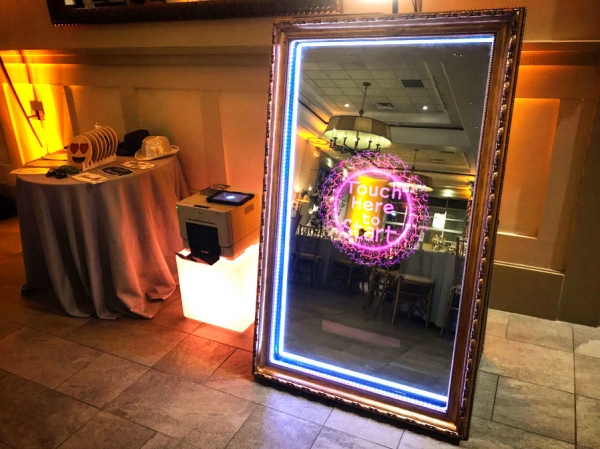

Muneyuki, the 48th head of the Myochin family, started making Hibashi, metal fire chopsticks, which was normally used for handling charcoals at a brazier. After the end of the Edo period, the era of Samurai was over and then when the Meiji era started, armourers lost jobs as well as swordsmiths. It was written in an old manuscript in Himeji that armours by Myochin were so strong that they had never been cut or penetrated by swords or guns.


During the Edo period, the Myochin was employed by the Sakai family, the lord of Himeji, so that they came to Himeji with the Sakai family from Gunma prefecture. Many Daimyo, feudal lords, used their armours. The brand name “Myochin” has been spread across the country with the reputation of brilliant forging skill. The emperor was pleased by their work and praised their armour for its excellence, particularly mentioning that it is such a rare armour that makes a sonorous, bright and clear sound and gave them the brand name “Myochin” (“bright” and “rare”) It is said that the emperor Konoe (1142-1155) commissioned the family to make a suit of armour. The family dates back to the twelfth century and their business originated from armour, which has been used by aristocrats like the emperors as well as the major clans of Samurai warriors. The Myochin is an old well-known family of craftsmen with a unique forging technique, that has been passed on since the Heian Period (794-1185). The 53rd family head of the Myochin is a blacksmith and the second son Munehiro (47years old) is a swordsmith (the first generation of Myochin as swordsmith). The present Myochin family is based in Himeji of Hyogo prefecture, are Munemichi (79 years old, father), the third son Munetaka (45 years old). Myochin family is a lineage of armour makers of 53 generations over 850 years, evolving with the times. Myochin Munehiro forging a sword photo: ©MYOCHIN HONPO Tamahagane is a special form of purified steel in the traditional method by using bellows, limited to be used by swordsmiths.

It is time that we can look at the traditional craft to enhance the ability of human-being, making things by hand and find a way to co-exist with those highly intelligent robots or machines. This might be the area in which human-being can retain its raison d’etre, to survive the coming era of the domination of robots and Artificial Intelligence. I chose two of them, “mirror” and “sword” to argue the power of things that are made by accomplished craftsmen. There are three items of Japanese Imperial regalias essential to ascend to the throne of the emperor: “mirror”, “sword” and “comma-shaped bead (jewel of jade)”. Those things can be used as regalia or talisman. I chose two families of Japanese handicraftsmen, The Myochin family as blacksmiths (forging and polishing) and the Yamamoto family as mirror makers (casting and polishing ), to introduce the power of craftsmanship to transform physical material into something beyond with special spiritual power. Sachiko Tamashige writes about two Japanese metalsmith families, Myochin and Yamamoto, who demonstrate an alchemical power to transport base metal into the spiritual realm. Myochin Munetaka makes a wind chime photo: ©MYOCHIN HONPO


 0 kommentar(er)
0 kommentar(er)
